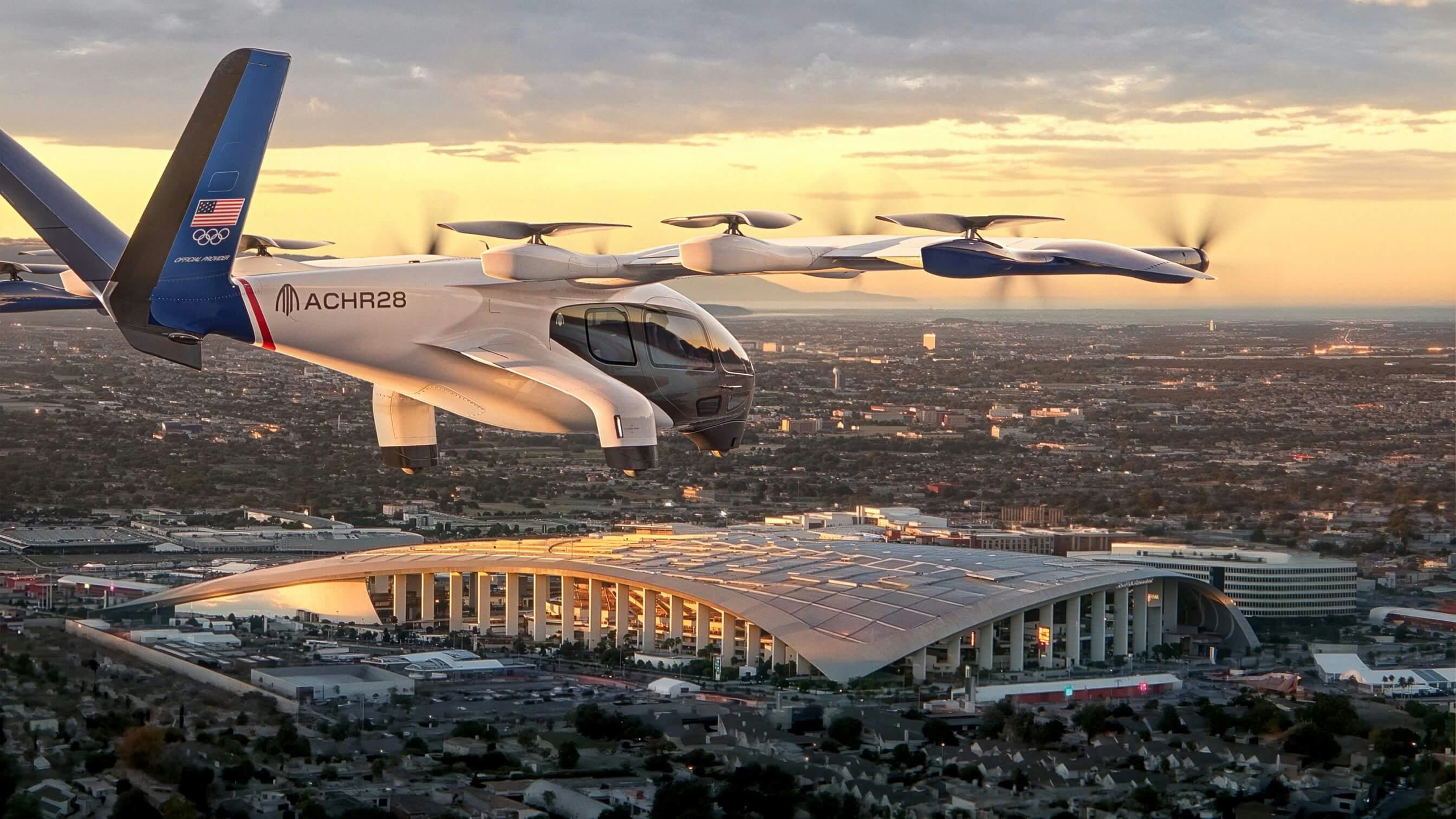
AeroGenie — あなたのインテリジェントな副操縦士。
現在のトレンド
Categories
Global Crossing Airlines Shifts Focus to Narrowbody Charter Market
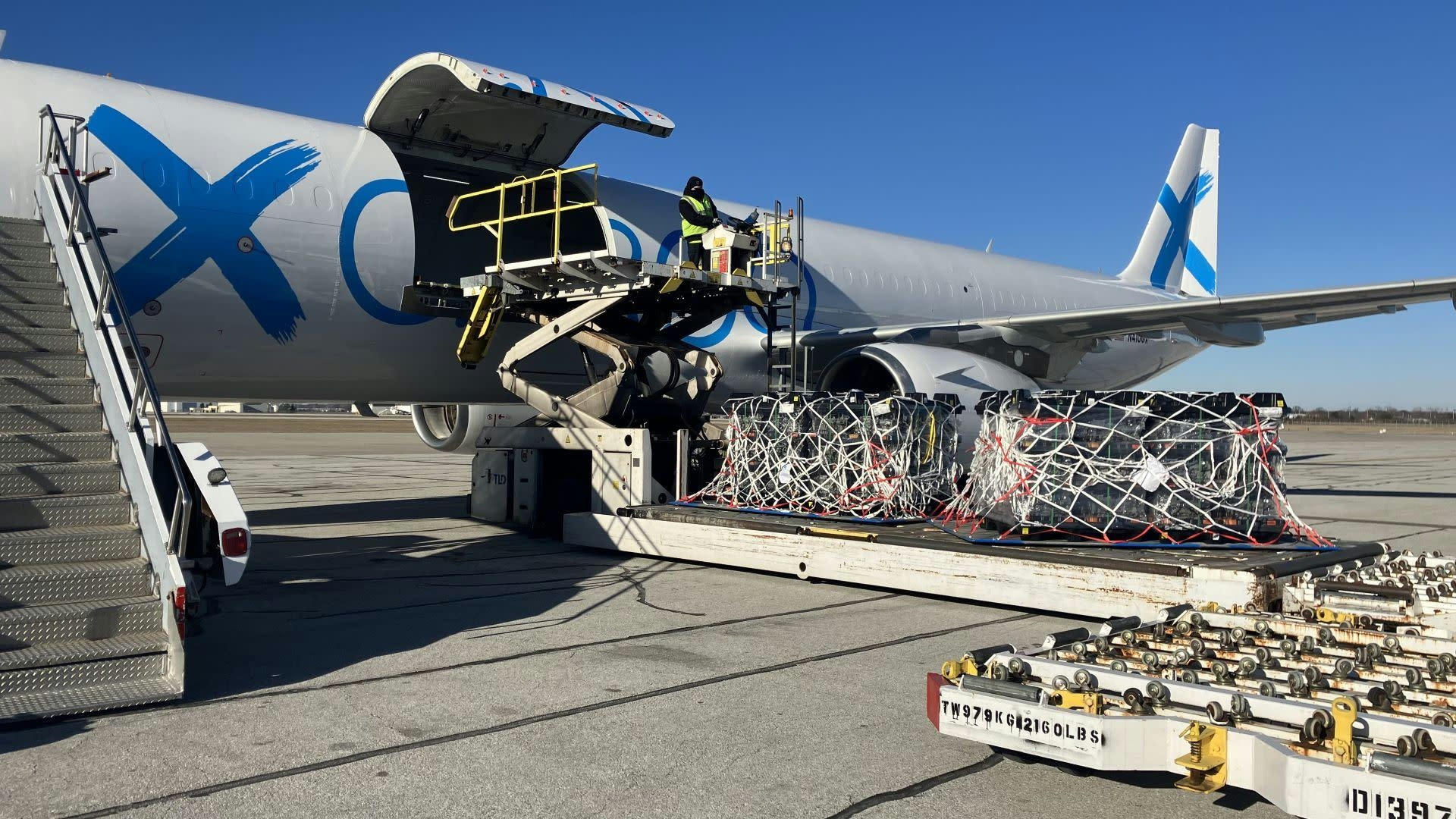
Global Crossing Airlines Shifts Focus to Narrowbody Charter Market
Global Crossing Airlines (JET) has undergone a remarkable transformation within the aviation industry, evolving from a struggling charter operator into a disciplined, cash-flow-positive enterprise. The company’s Q2 2025 earnings report underscores not only its stabilization but also its strategic commitment to becoming a leader in the narrowbody charter market, which is projected to reach $40.62 billion by 2029.
Financial Turnaround and Strategic Execution
JET’s turnaround began with a year of stabilization in 2024, setting the stage for a more robust charter airline. By 2025, the company entered a phase described as “maturation and execution,” delivering financial results that affirm its strategic direction. In Q2 2025, revenue increased by 7% year-over-year to $61.4 million, driven primarily by a 40% surge in ACMI (Aircraft, Crew, Maintenance, and Insurance) revenue, which rose to $44.5 million. ACMI now accounts for 73% of total revenue, up significantly from 55% the previous year, reflecting JET’s deliberate shift toward higher-margin, more predictable contracts.
The company’s disciplined growth is further evidenced by a 48% increase in EBITDA to $5.9 million and a substantial rise in cash flow from operations to $8.8 million, compared to $0.9 million in the same quarter last year. JET’s hybrid ownership model—marked by the acquisition of its first aircraft in July 2025 alongside leasing four additional planes—has enhanced operational flexibility and mitigated exposure to the volatility typical of charter markets. With $14.1 million in cash and restricted cash as of June 30, 2025, JET is well-positioned for scalable expansion.
Fleet Expansion and ACMI Focus Amid Competitive Pressures
JET’s strategic focus on ACMI operations represents a calculated effort to avoid the risks associated with unsold capacity and price competition that often afflict scheduled carriers. By operating exclusively confirmed charters, the airline benefits from a fixed-cost structure that secures margins while transferring fuel and maintenance expenses to customers. This approach is particularly advantageous in the current environment, where competitors are reducing capacity, creating a supply-demand imbalance that JET is poised to exploit.
The company’s fleet expansion has been measured but impactful. Block hours flown in Q2 2025 rose 13% year-over-year to 8,065, supported by an average of 17.1 aircraft in operation, up from 14.4 in 2024. JET plans to add four to five aircraft annually, with the ambition of becoming North America’s largest narrowbody charter airline. This disciplined growth strategy stands in contrast to the overleveraging that has caused difficulties for many rivals.
Nevertheless, the competitive landscape remains fluid. Established carriers such as United Airlines, despite recent financial setbacks linked to Newark airport disruptions, may intensify their focus on charter and ACMI markets. Low-cost carriers like Frontier Airlines are also repositioning to capture greater market share, while regulatory approvals and route expansions by airlines such as Greater Bay Airlines could further alter the sector’s dynamics.
Sector Tailwinds and Market Outlook
The narrowbody charter market, valued at $32.71 billion in 2025, is expected to grow at a compound annual growth rate of 5.6%. Increasing demand for cargo charters, corporate travel, and last-mile logistics aligns closely with JET’s ACMI-centric business model. The resurgence of leisure and business travel is also driving demand for flexible charter solutions, including the transport of hazardous materials and time-sensitive goods. Additionally, technological advancements, such as AI-driven flight optimization, are anticipated to enhance operational efficiency further.
As the sector continues to evolve, JET’s disciplined execution and strategic focus position it to capitalize on these industry tailwinds. However, intensified competition and shifting market dynamics will present ongoing challenges to sustaining momentum and establishing long-term leadership.

FAA Extends Engine Pylon Airworthiness Directive to DC-10

Why United Airlines Continues to Use the Boeing 777-300ER in 2025

Dubai Airshow 2025: Key Aircraft and Conference Highlights
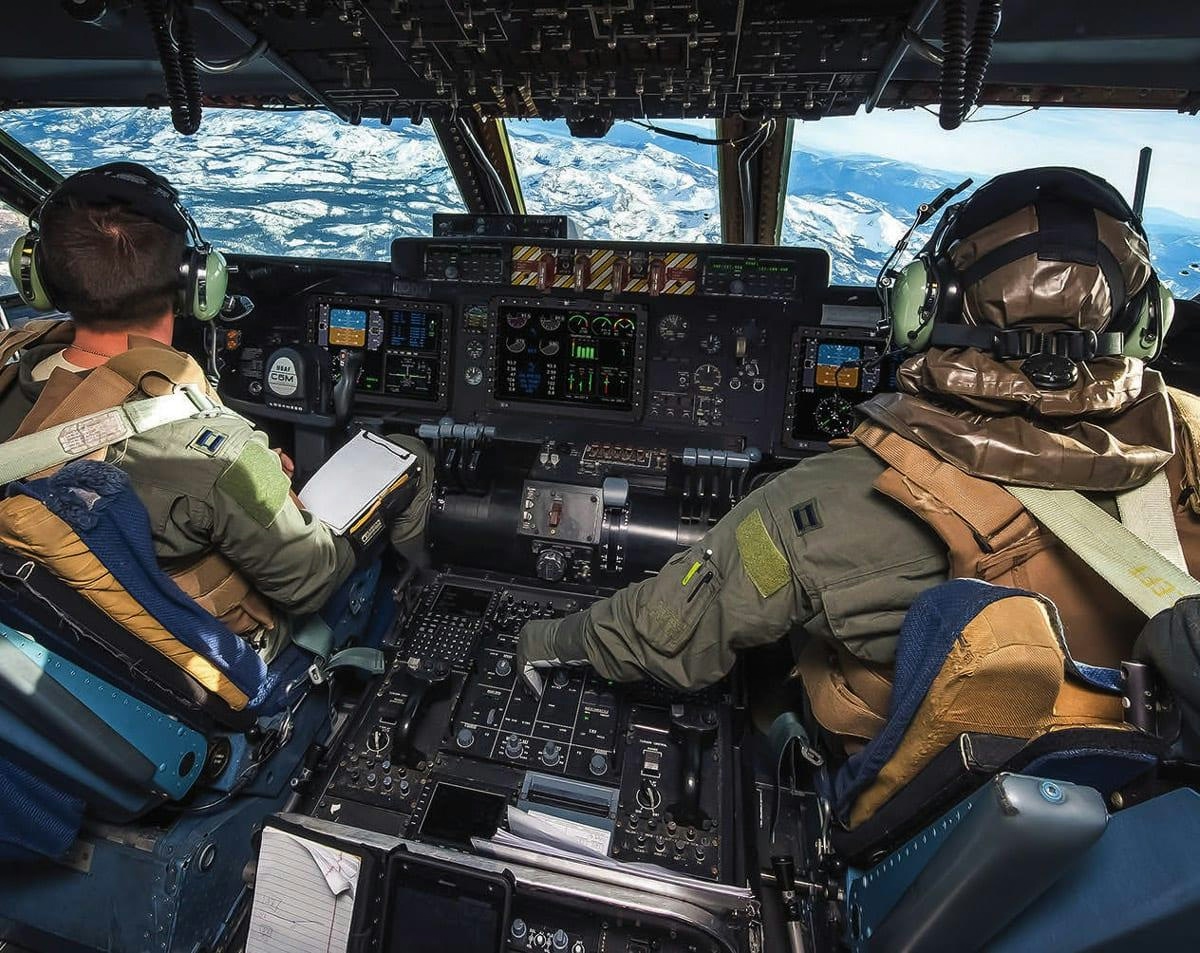
Defense Aviation Adopts Commercial Innovations
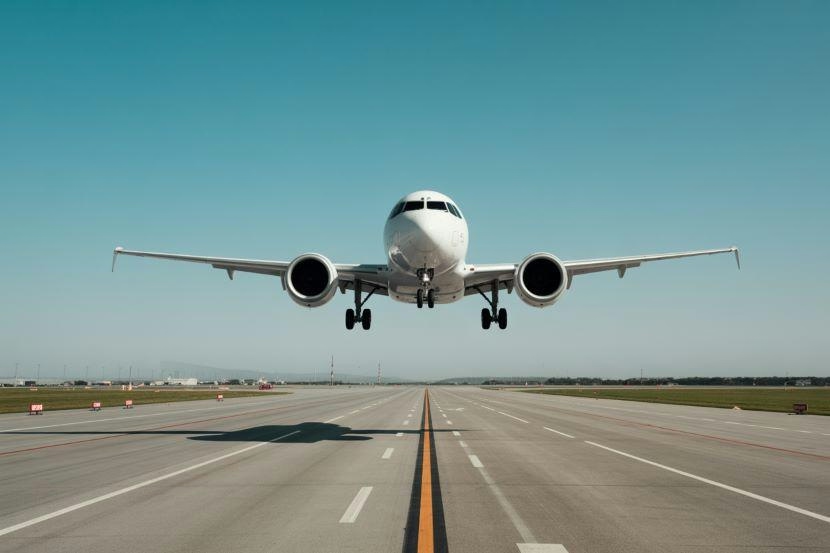
MedAire’s Alert Platform Enhances SolitAir’s Role in Aviation Security Innovation
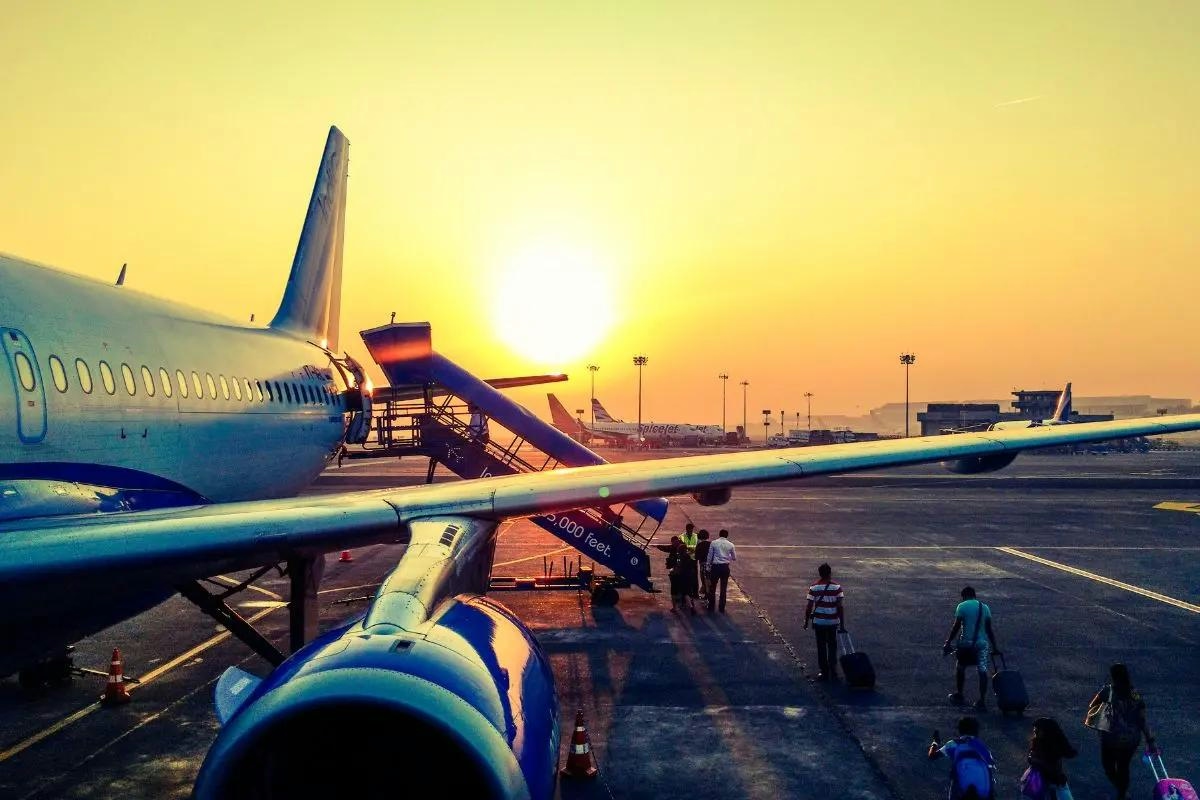
India Faces Shortage of 30,000 Pilots Amid Growing Fleet, Aviation Minister Calls for Urgent Training
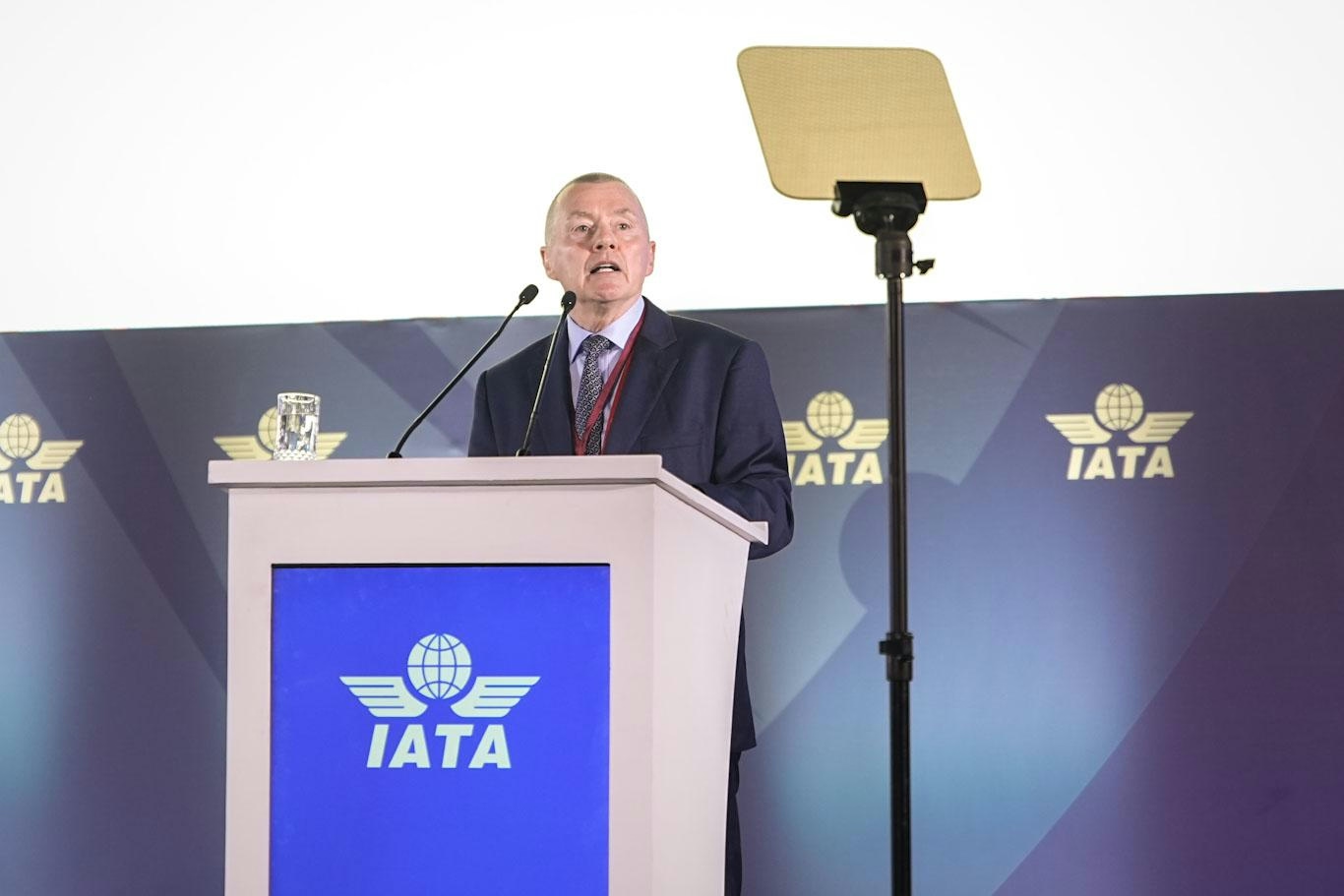
IATA Chief Calls for Fair Compensation for Airlines Amid Supply Chain Challenges

AAI Unveils Pavilion Highlighting India’s Aviation Advances at IITF 2025
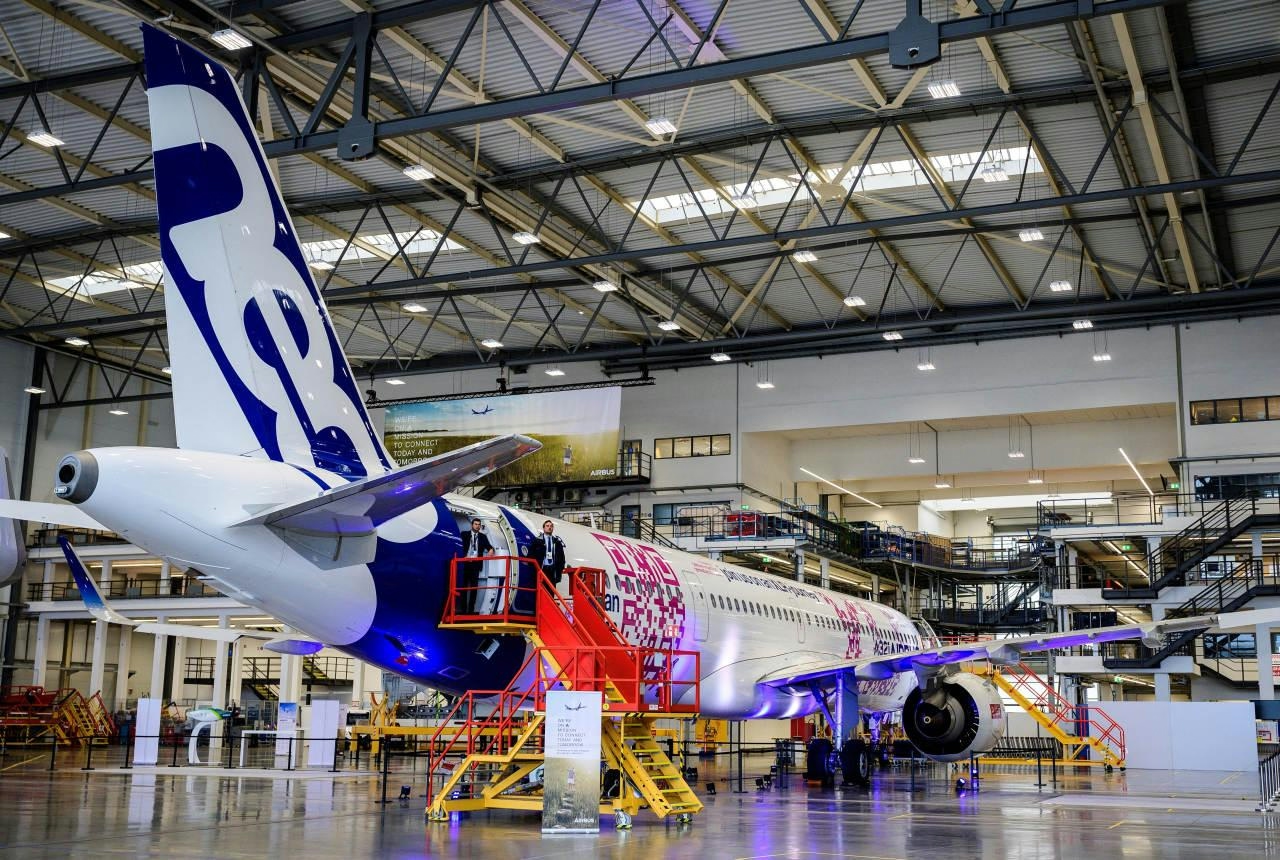
Airbus Projects Asia-Pacific Will Need Nearly 20,000 New Planes Over 20 Years
